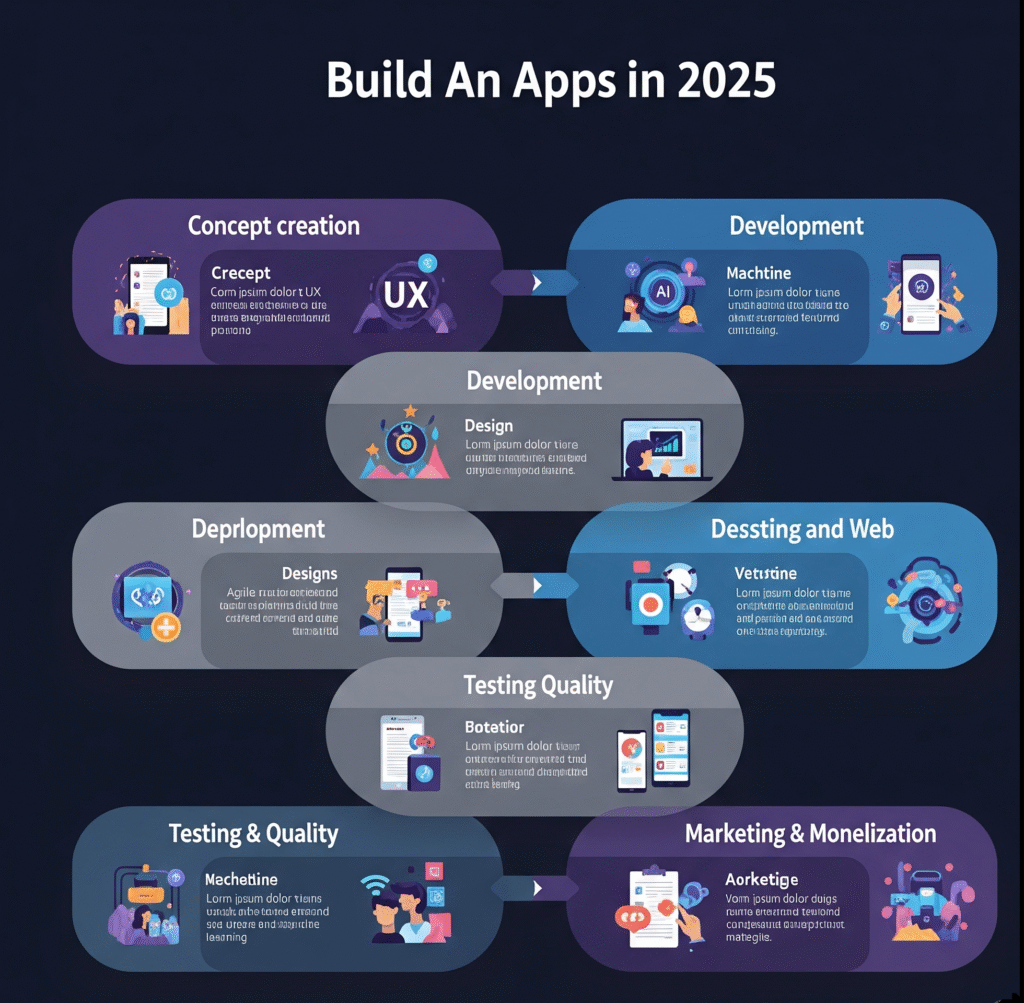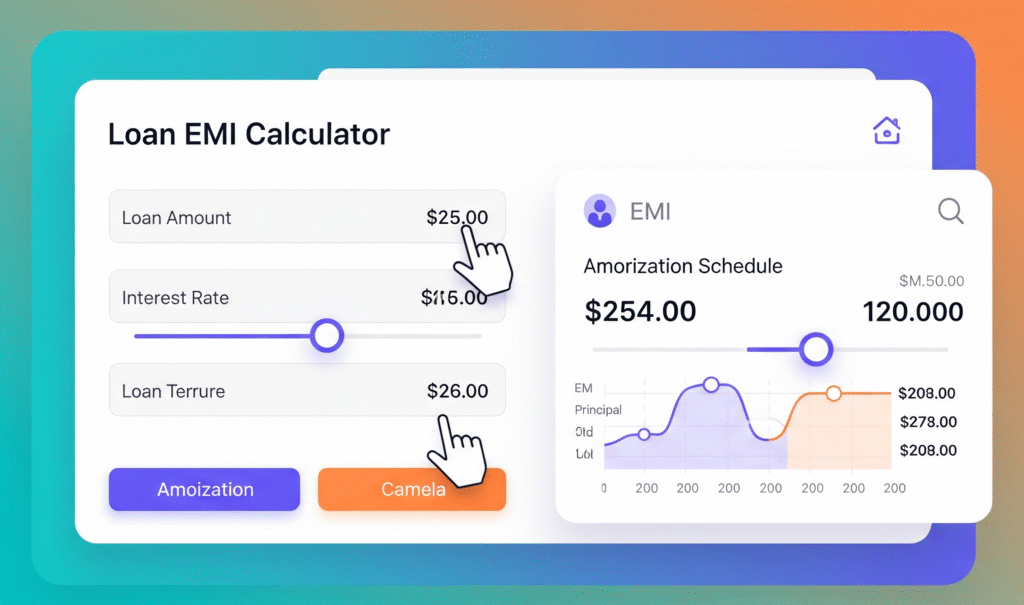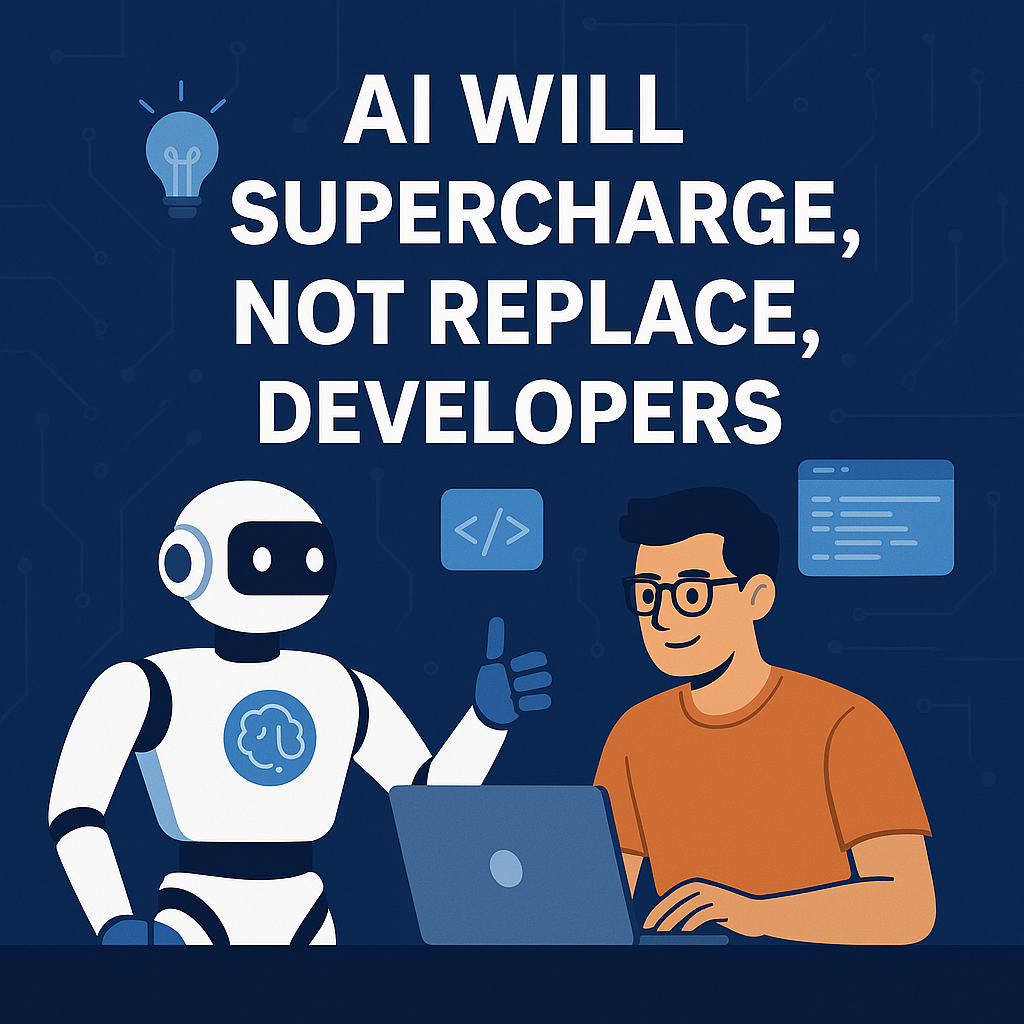
Creating a mobile or web application in 2025 is an exciting journey that blends creativity, technical skill, and strategic planning. Whether you’re a budding entrepreneur or a developer looking to bring an idea to life, this comprehensive guide walks you through the step-by-step process of building an app from scratch. Designed to be beginner-friendly yet detailed enough for seasoned developers, this guide ensures your app is functional, user-friendly, and ready to compete in a crowded digital landscape.
Step 1: Define Your App’s Purpose and Goals
Every successful app starts with a clear vision.Every successful app begins with a clearly defined problem. What’s yours? Who is your target audience? Whether it’s a fitness tracker, a productivity tool, or a social platform, defining your app’s purpose sets the foundation for all subsequent steps.
- Identify the Problem: Research your target market to understand their pain points. For example, a 2025 survey by Statista shows 67% of users prefer apps that save time or simplify tasks.
- Set SMART Goals: When setting goals, aim for clarity and structure—be Specific, Measurable, Achievable, Relevant, and Time-bound. For instance, aim to acquire 1,000 users within three months of launch.
- Competitor Analysis: Study similar apps to identify gaps and opportunities. Platforms such as App Annie and Sensor Tower offer valuable data on how your competitors are performing.
Step 2: Conduct Market Research
Market research validates your idea and helps refine it. In 2025, with over 5 million apps on Google Play and the App Store combined, standing out requires data-driven decisions.
- User Surveys and Interviews: Use platforms like Google Forms or Typeform to gather feedback from potential users.
- Trend Analysis: Leverage tools like Google Trends or X posts to identify emerging app categories, such as AI-driven wellness apps or sustainable lifestyle tools.
- Monetization Strategy: Decide whether your app will be free, freemium, subscription-based, or ad-supported. For example, 52% of apps in 2025 generate revenue through in-app purchases, per Appfigures.
Step 3: Choose Your Platform and Tech Stack
Deciding whether to build for iOS, Android, or both, and selecting the right tech stack, is critical. In 2025, cross-platform development is increasingly popular due to its cost-effectiveness.
Platform Options:
- iOS: Use Swift or Objective-C for native apps. Ideal for targeting premium users.
- Android: Use Kotlin or Java for native apps. Suited for a broader, global audience.
- Cross-Platform: Frameworks like Flutter or React Native allow you to write one codebase for both platforms, saving time and resources.
Tech Stack:
- Frontend: React Native, Flutter, or SwiftUI for modern, responsive interfaces.
- Backend: Node.js, Django, or Firebase for scalable server-side solutions.
Step 4: Design Your App’s User Experience (UX) and User Interface (UI)
A seamless UX/UI is non-negotiable in 2025, as users expect intuitive and visually appealing apps. Adobe’s 2025 UX Report reveals that nearly half of users abandon apps because of poor design.
- Wireframing: Create low-fidelity sketches using tools like Figma or Adobe XD to map out the app’s flow.
- Prototyping: Build interactive prototypes to test navigation and functionality.
UI Design:
- Follow 2025 trends like neumorphism, dark mode, or micro-animations.
- Use Tailwind CSS for rapid, customizable styling in web apps.
- Ensure accessibility with WCAG 2.1 guidelines, such as high-contrast colors and screen reader compatibility.
- User Testing: Conduct usability tests with tools like Lookback.io to gather feedback on your prototype.
Step 5: Develop Your App
Now it’s time to code. Depending on your skills, you can build the app yourself or hire a development team. Here’s a sample code snippet for a simple React-based web app to get you started:
Development Tips:
Use Git or similar tools to keep track of revisions during development.
Implement modular components in React for reusability.
Run frequent tests using tools like Jest or Cypress to identify bugs early.
Integrate APIs for features like push notifications or payment gateways (e.g., Stripe).
Step 6: Test Your App Thoroughly
Testing ensures your app is reliable and bug-free. In 2025, automated testing tools dominate due to their efficiency.
- Unit Testing: Test individual components using Jest or Mocha.
- Integration Testing: Confirm that all modules collaborate smoothly without issues.
- User Acceptance Testing (UAT): Invite beta testers via platforms like TestFlight (iOS) or Google Play Beta.
- Performance Testing: Use tools like Lighthouse to optimize load times and responsiveness.
Step 7: Launch Your App
A successful launch requires preparation and promotion.
App Store Submission:
- iOS: Follow Apple’s App Store Review Guidelines, ensuring your app meets accessibility and privacy standards.
- Android: Submit to Google Play with optimized metadata (e.g., screenshots, descriptions).
Marketing:
- Create a landing page using tools like Carrd or Wix.
- Leverage social media platforms like X to share teasers and updates.
- Use App Store Optimization (ASO) techniques, such as keyword-rich descriptions and eye-catching icons.
Analytics:
- Integrate tools like Google Analytics or Mixpanel to track user behavior post-launch.
Step 8: Maintain and Update Your App
Post-launch, your app needs regular updates to stay relevant.
- Bug Fixes: Monitor crash reports via Firebase Crashlytics.
- Feature Updates: Add features based on user feedback, such as AI personalization, a top trend in 2025.
- Security: Regularly update dependencies to patch vulnerabilities, especially for web apps using npm packages.
Notes:-
In 2025, app development is a demanding yet fulfilling journey. By following these steps—defining your purpose, researching the market, choosing the right tech, designing a great UX/UI, developing, testing, launching, and maintaining—you can create an app that stands out in a competitive market. Start small, iterate often, and stay user-focused to ensure success.




